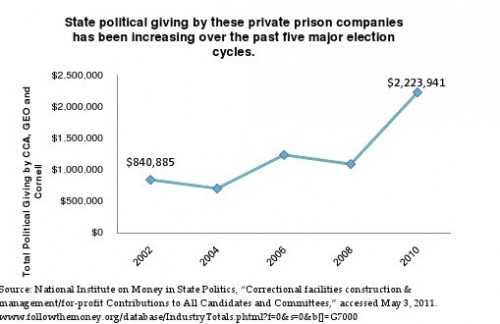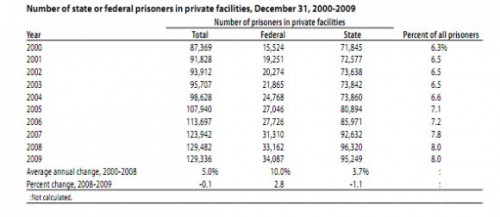 (source)
(source)
Amanda Knox, an American exchange student, was convicted in 2009 of murdering her flatmate, Meredith Kercher. In 2011, on appeal, her conviction was overturned.
At The Guardian this month, Ian Leslie discusses the way that Knox’s body language and facial expressions were used in arguments as to her guilt. He quotes jury members, police officers, court watchers, and others making such arguments. The lead investigator, Edgardo Giobbi, for example, was quoted saying:
We were able to establish guilt by closely observing the suspect’s psychological and behavioural reaction during the interrogation. We don’t need to rely on other kinds of investigation.
A bystander speculated: “Her eyes didn’t seem to show any sadness, and I remember wondering if she could have been involved.” The head of the murder squad, Monica Napoleoni, discussed the video below, arguing that kissing wasn’t the kind of behavior an innocent person would engage in:
Leslie argues that the tendency to think we can read “someone else’s state of mind simply by looking at them” is a common social psychological tendency. Describing the work of Emily Pronin, a psychologist at Princeton University, he explains:
…there is a fundamental asymmetry about the way two human beings relate to one another in person. When you meet someone, there are at least two things more prominent in your mind than in theirs – your thoughts, and their face. As a result we tend to judge others on what we see, and ourselves by what we feel. Pronin calls this “the illusion of asymmetric insight.”
Unfounded belief into the insight into others’ minds has been shown to hold experimentally. Certainty that Knox was guilty, then, may very well have been born of an overconfidence in our ability to read the mental states of others.
Thanks to Matt Vidal for sending the link!
Lisa Wade, PhD is an Associate Professor at Tulane University. She is the author of American Hookup, a book about college sexual culture; a textbook about gender; and a forthcoming introductory text: Terrible Magnificent Sociology. You can follow her on Twitter and Instagram.








